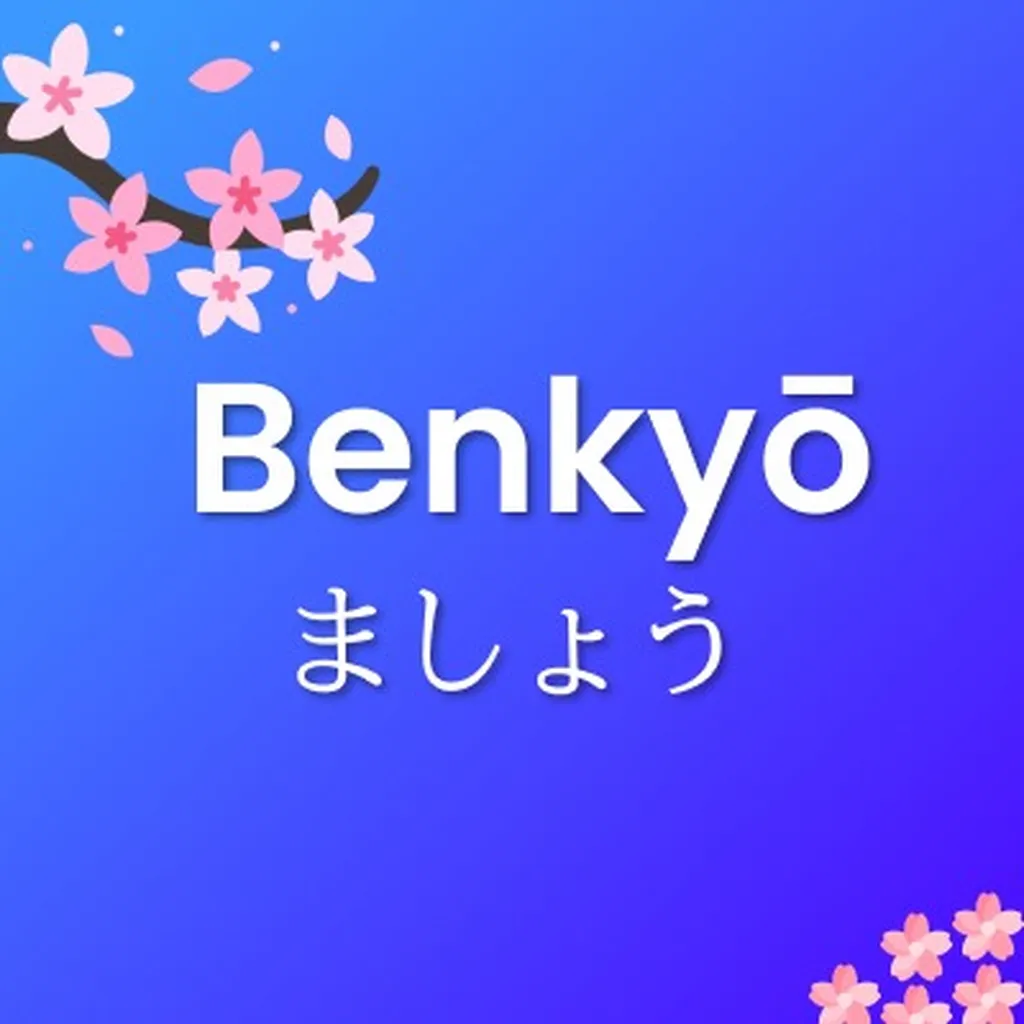Converting です・ます to Plain Forms
Japanese has different levels of formality in speech. The polite forms (です・ます) you've learned so far are appropriate for most situations, but with friends and family, casual speech is more natural.
How to Convert Polite to Casual Forms
1. Nouns and な-Adjectives
- Polite: です
- Casual: だ (or often omitted entirely)
| Polite Form | Casual Form | Even More Casual |
|---|---|---|
| 学生です | 学生だ | 学生 |
| 元気です | 元気だ | 元気 |
2. い-Adjectives
- Simply remove です (い-adjectives are already in plain form)
| Polite Form | Casual Form |
|---|---|
| 高いです | 高い |
| 面白いです | 面白い |
3. Verbs
- Convert from ます-form to dictionary (plain) form
| Verb Group | Polite Form | Casual Form |
|---|---|---|
| Group 1 (う-verbs) | 話します | 話す |
| Group 1 (う-verbs) | 書きます | 書く |
| Group 2 (る-verbs) | 食べます | 食べる |
| Group 2 (る-verbs) | 見ます | 見る |
| Group 3 (Irregular) | します | する |
| Group 3 (Irregular) | 来ます | 来る |
Examples of Form Conversion
これは本です。→
これは本だ。
Kore wa hon desu. → Kore wa hon da.
This is a book.
Note: Converting noun + です to noun + だ
この映画は面白いです。→
この映画は面白い。
Kono eiga wa omoshiroi desu. → Kono eiga wa omoshiroi.
This movie is interesting.
Note: Removing です from い-adjective
日本語を勉強します。→
日本語を勉強する。
Nihongo o benkyō shimasu. → Nihongo o benkyō suru.
I study Japanese.
Note: Converting します to する
毎日学校に行きます。→
毎日学校に行く。
Mainichi gakkō ni ikimasu. → Mainichi gakkō ni iku.
I go to school every day.
Note: Converting Group 1 verb from ます-form to plain form
忙しいですか?→ 忙しい?
Isogashii desu ka? → Isogashii?
Are you busy?
Note: Converting question form (notice the か is also dropped)
Cultural Note:
Using the appropriate speech level is crucial in Japanese society. Using casual speech with superiors or people you've just met can be perceived as rude, while using overly formal speech with close friends might create distance. Most Japanese people instinctively switch between levels depending on the social context.
